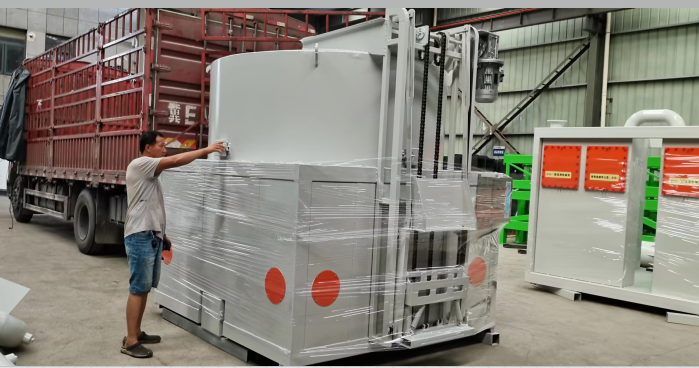What is municipal solid waste incineration?
What is municipal solid waste incineration?
Municipal solid waste incineration is an important waste treatment method. The following is a detailed introduction:
Definition
Municipal solid waste incineration refers to the process of treating the garbage generated in daily urban life by high-temperature incineration, greatly reducing its volume and weight, and converting it into other forms of energy such as heat energy and electricity, while achieving harmlessness, reduction and partial resource utilization.
Treatment process
Garbage collection and transportation: First, collect domestic garbage generated in various areas of the city by various means, and then transport it to a special garbage incineration power plant or treatment plant.
Pretreatment: Before incineration, it is usually necessary to pre-treat the garbage, including screening, crushing and other operations, to ensure the uniformity and incineration of the garbage, and remove some materials that are not suitable for incineration, such as large metal objects.
Incineration: The pre-treated garbage enters the incinerator and burns at high temperature (generally above 850℃, and some even reach above 1000℃). In this process, the organic matter in the garbage undergoes a violent oxidation reaction with oxygen, releasing a large amount of heat.
Thermal energy utilization: The high-temperature flue gas generated by incineration carries a large amount of thermal energy, which is converted into steam through equipment such as waste heat boilers. Steam can be used for heating or to drive turbines to generate electricity, thus realizing the resource utilization of garbage.
Flue gas treatment: Flue gas containing a variety of pollutants, such as sulfur dioxide, nitrogen oxides, particulate matter, dioxins, etc., will be generated during the incineration process. In order to reduce pollution to the environment, a series of advanced flue gas treatment technologies, such as desulfurization, denitrification, dust removal, and dioxin removal, need to be adopted to make the purified flue gas meet the national emission standards before being discharged into the atmosphere.
Ash treatment: Slag and fly ash will be produced after garbage incineration. Slag can generally be used for comprehensive utilization, such as for road paving, etc.; fly ash usually needs to be stabilized and then sent to a safe landfill for landfill disposal because it contains harmful substances.
Advantages
Significant reduction: It can greatly reduce the volume and weight of garbage, generally reducing weight by 70%-90% and volume by 80%-95%, greatly reducing the demand for landfill sites.
High degree of harmlessness: High-temperature incineration can effectively kill harmful substances such as bacteria and viruses in garbage, basically eliminate pathogens in garbage, and reduce potential harm to the environment and human health.
Resource utilization: Converting garbage into electricity or heat energy realizes the recycling of resources and alleviates energy pressure to a certain extent.
Challenges
Pollutant generation: If not handled properly, some pollutants such as dioxins and other highly toxic substances will be generated during the incineration process, posing a threat to the environment and human health. Therefore, strict technical standards and regulatory measures are needed to ensure that pollutants are discharged in compliance with standards.
Public concerns: Some people are worried that the construction and operation of incineration plants will have an impact on the surrounding environment and their own health, and there is a "NIMBY effect", which brings certain difficulties to the site selection and promotion of the project.
